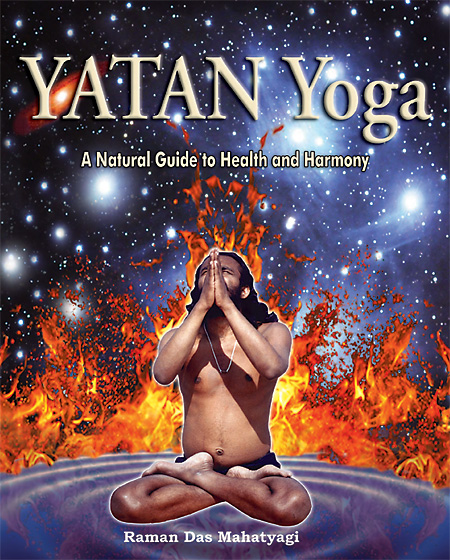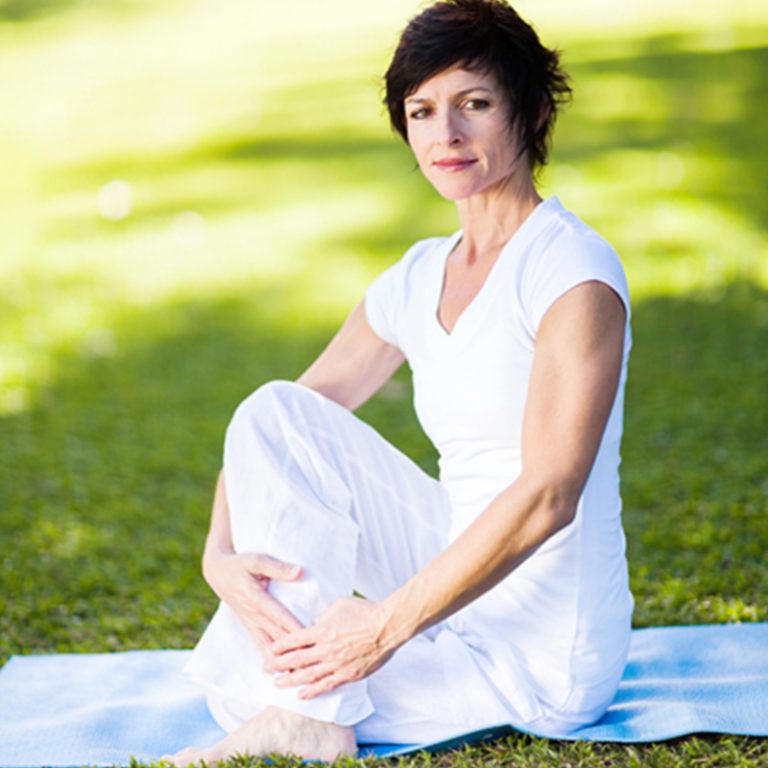
Yoga Books for Beginners (Learn Yoga at Home)
At the time of writing, a search on Amazon for ‘Yoga Books’ brings up no fewer than 22,068 titles. Why then, you might ask, is there a need for any more. In order to understand the answer to this question it may first be helpful to have a little understanding of the background of yoga.
To many people yoga is often associated with yoga poses that comprise the physical aspect of the practice, but there in fact are many more sides to the practice. Its exact origins are uncertain but artifacts discovered in India which date back more than 5000 years bear evidence of yoga positions, the earliest signs appearing in ancient Shamanism. Initially yoga focused on understanding the world and it was not until a few hundred years B.C. that self-enlightenment became the goal.
Over the millennia yogis passed down the discipline to their disciples, and many different schools and types of yoga gradually developed, but while founders were not lacking inspiration nothing was put into writing until about 2000 – 2500 years ago, when Patanjali – a famous scholar of Sanskrit, Ayurveda and Yoga – wrote the ‘Yoga Sutras’. These form the basis of the principles, philosophy and practices of yoga that are still followed today.
Yoga was first introduced into the west in the early 19th century, but it was not an immediate success because it was seen by many as being too philosophical and not sufficiently practical, focusing almost exclusively on meditation. Furthermore, all the original texts were in Sanskrit, so its adoption into western life was a slow process. It was as late as the 1960s that Maharishi Yogi introduced transcendental meditation and Sirananda – an author of more than 200 books on yoga – embarked on the opening of yoga schools in America and Europe. These and other influential teachers were instrumental in introducing a simpler, more user-friendly form of yoga to the masses. The main purpose was now to enhance vitality and reduce the likelihood of disease by exercise (asanas) and breathing (pranayama). Since that time yoga has never looked back; It is no longer seen as a religious or cult practice and many qualified studies have proved beyond question its remarkable health benefits.
There are now many different divisions of yogic practices but the seven principal types of yoga are considered to be; Bhakti, Hatha, Jnana, Karma, Kundalini, Raja and Tantra. With so much choice it is hardly surprising that many people are confused, even deterred from taking up yoga as they are uncertain which practices might be of benefit to them.
Here in lies the inspiration for my two books :
- Yatan Yoga – A Natural Guide to Health and Harmony and
- Yatan Yoga Therapy – A Natural Guide to Longevity and Vitality.
I first conceived YATAN Yoga as a unique way of blending the Vedic sciences of Yoga, Ayurveda, Tantra and Astrology along with Naturopathy, with a modern understanding of physiology. Together, these can provide a complete yoga practice for improved physical, emotional and spiritual well-being. Yatan Yoga Therapy introduces a comprehensive collection of routines that can be utilized in the effective treatment of many everyday ailments. There is even a section devoted to people in a variety of occupations. These yoga books can be utilized for yoga in daily life and whilst performing yoga at home.
I believe that these two books approach the topic of yoga in a fresh and practical way and they have the advantage that they can be used by anybody, from beginner to advanced, regardless of their state of health.
To get started it is often beneficial to have a one-on-one yoga session, so a fully personalized yoga program can be established that will provide maximum benefits for your current level of health, fitness and flexibility.



